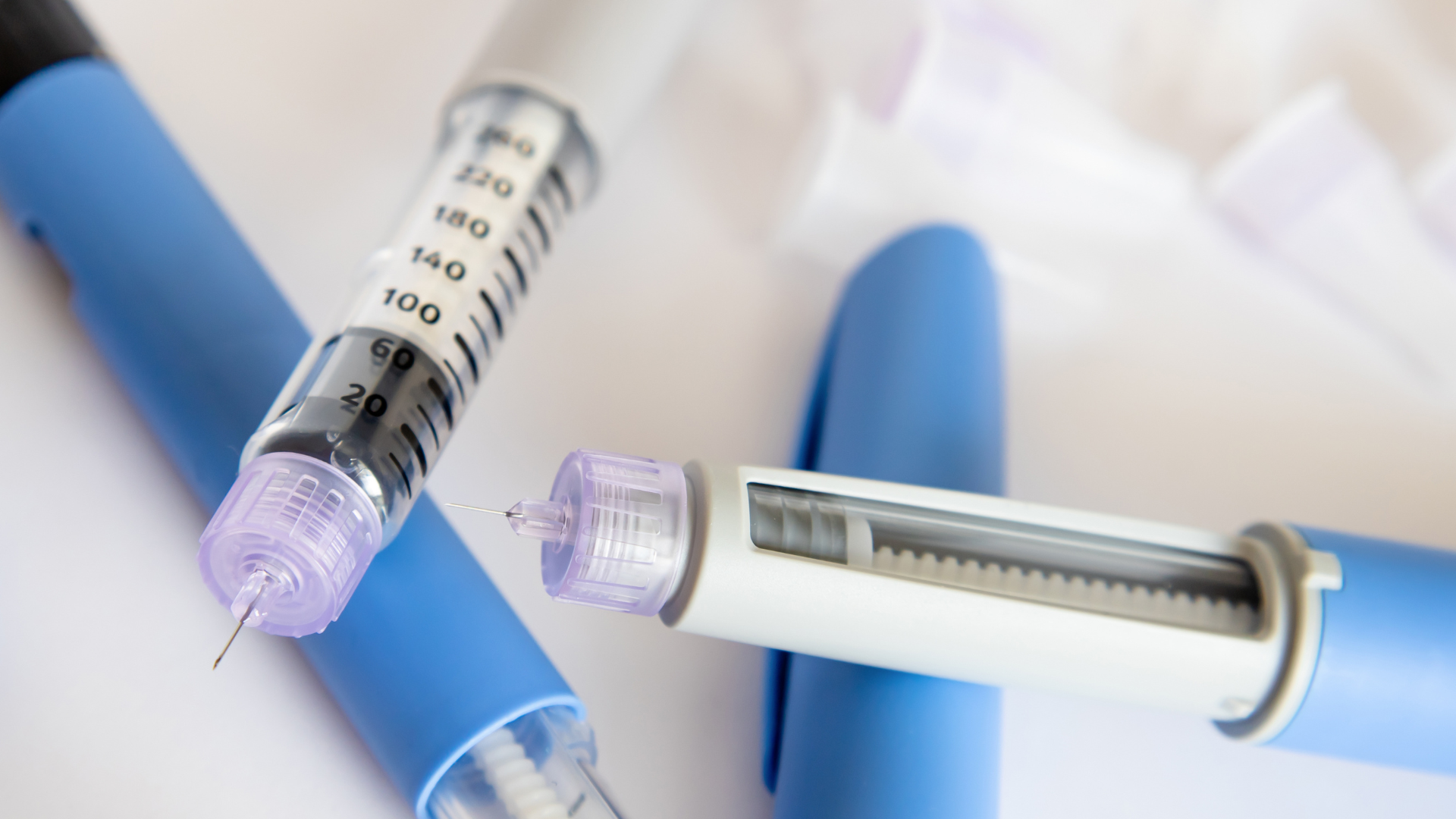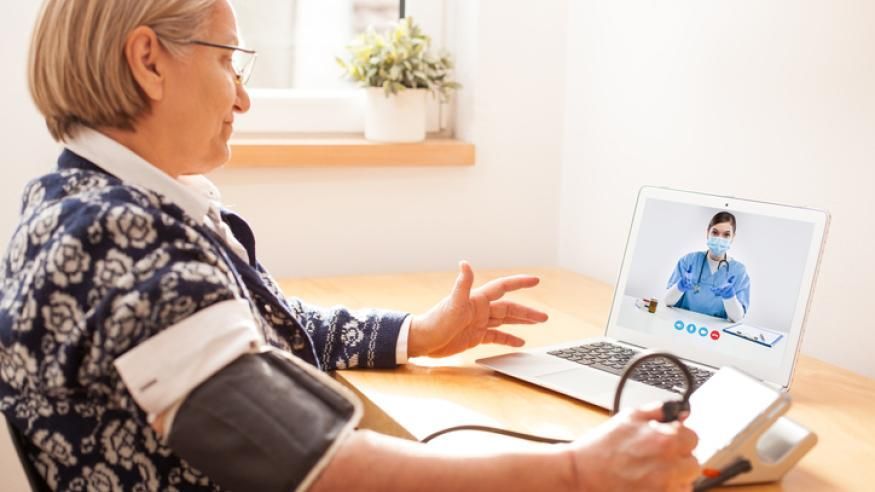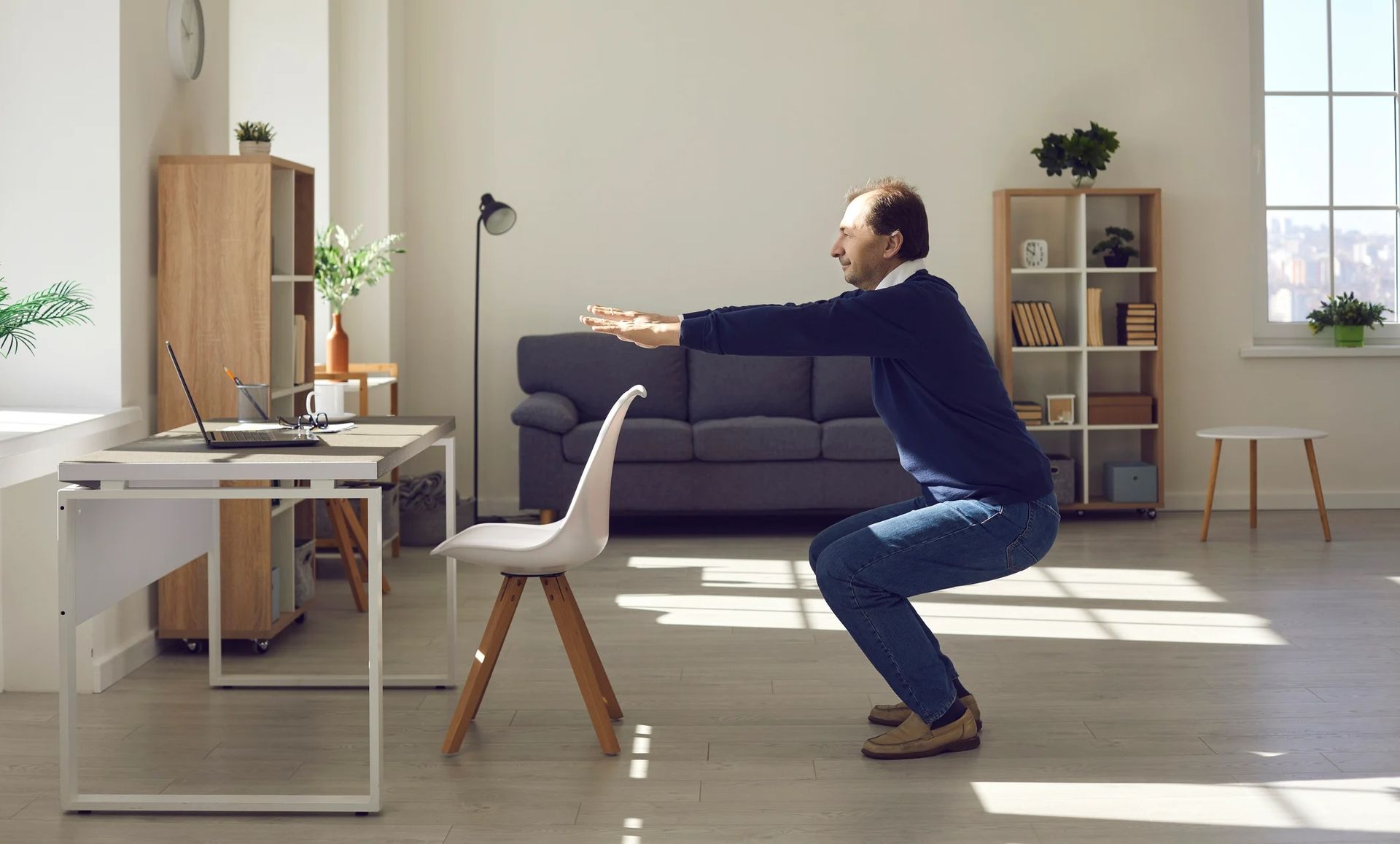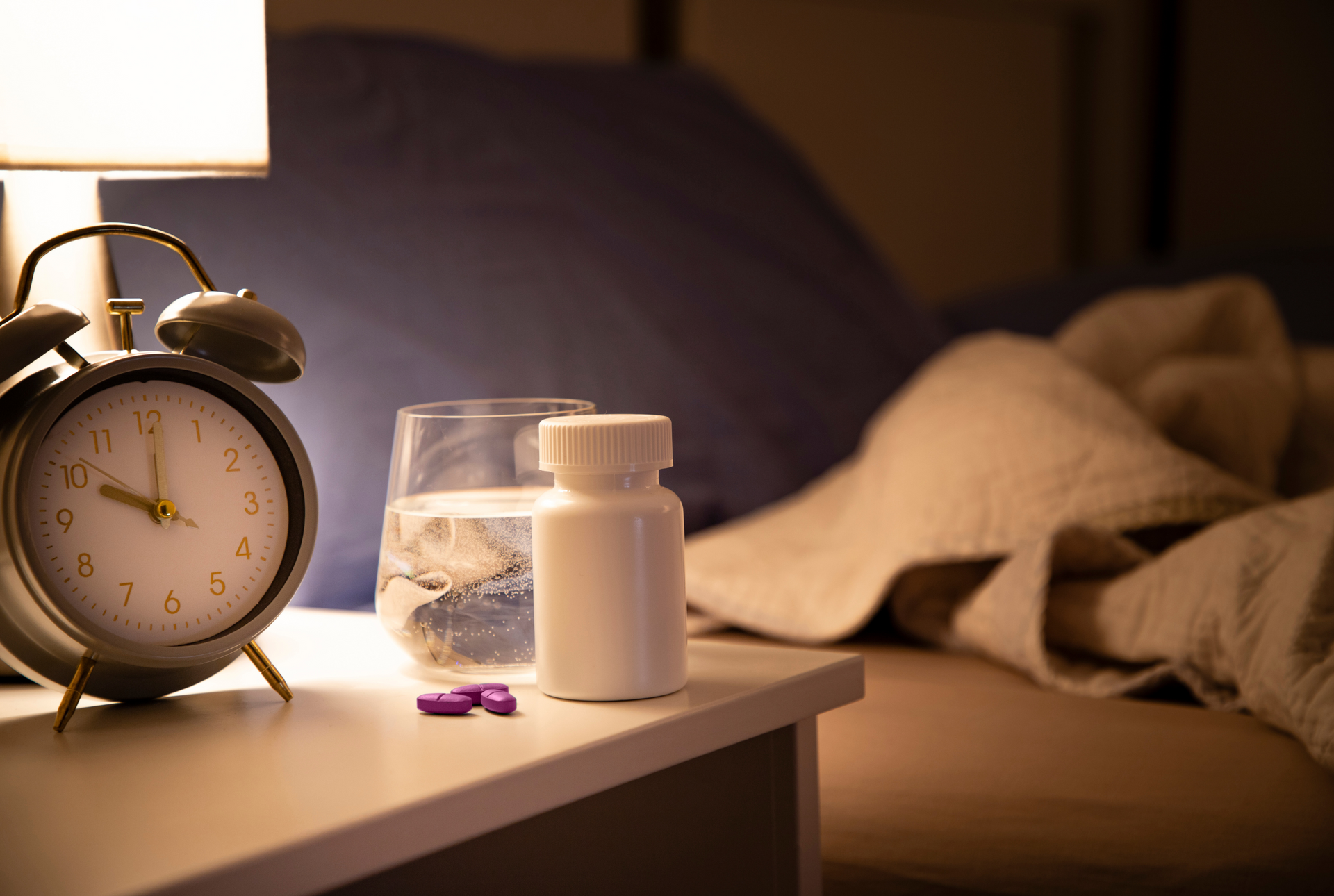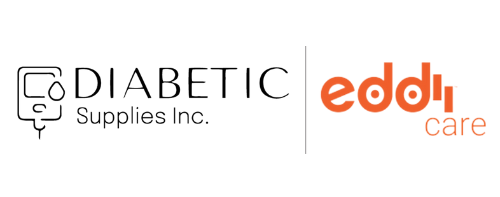The DASH Diet: A Heart-Healthy Eating Plan
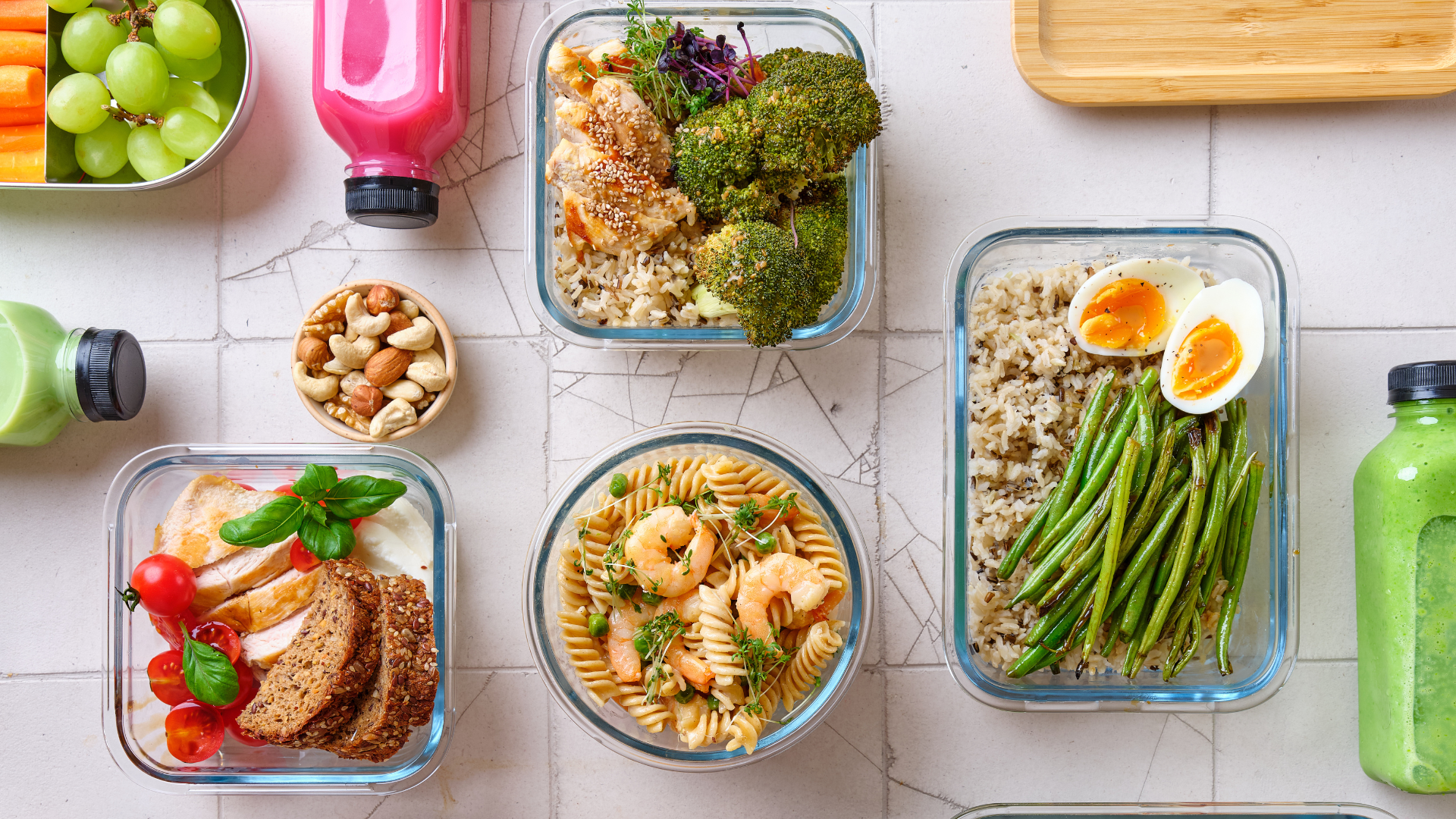
Key takeaways:
- The DASH diet reduces blood pressure and promotes cardiovascular health by increasing servings of healthy foods like whole grains, vegetables, and lean protein.
- Working with a nutritionist or dietician can make the diet more suited to personal and cultural preferences.
- Rebalancing portions in the DASH diet can help keep blood sugar levels in check.
The DASH diet (Dietary Approaches to Stop Hypertension) brings down blood pressure by serving up vegetables, fruits, and whole grains while limiting salt, red meat, and saturated fat.
Heart-healthy nutrients like potassium, calcium, magnesium, and fiber, as well as lean protein, low- and no-fat dairy choices, and healthy fats, are the cornerstone of this diet. In addition to reducing blood pressure, the DASH diet can limit the risk of heart disease, lower cholesterol, and help with insulin resistance and weight loss.
“Diabetes alone raises the risk of cardiovascular disease by two to four times,” said Michelle Routhenstein, cardiology dietitian and certified diabetes educator. “The combination of diabetes and hypertension further elevates this risk.”
Reducing high blood pressure by choosing the DASH diet can be one component of an approach to boost overall cardiac health
DASH diet ingredients
For someone eating 2,000 calories per day (noting that everyone’s daily calorie needs are different depending on factors like age, weight, and sex), a typical day on the DASH diet would include:
- 7-8 servings of grains, with an emphasis on whole grains, such as whole-wheat bread or pasta
- 2 servings or less of lean meat, poultry, fish, and eggs (though the DASH diet does allow for red meat such as pork or beef, it also suggests infrequent consumption of red meat)
- 4-5 servings of vegetables
- 4-5 servings of fruit
- 2-3 servings of low-fat or fat-free dairy, like milk, yogurt, and cheese
- 2-3 servings of fats and oils, including margarine, low-fat mayonnaise, light salad dressing, or non-tropical vegetable oil
- 2,300 mg (1 teaspoon) of salt (sticking to 1,500 mg of salt per day will further reduce blood pressure)
Depending on height and activity level, 2,000 calories might be too much for someone who's trying to lose weight, said Christine B. Tenekjian, a dietitian at Duke Lifestyle and Weight Management Center.
“The number of servings of fruits and grains on the standard DASH diet might be a little on the high side for managing blood sugar,” Tenekjian said. “The servings of certain foods can be adjusted, though, and making better choices in the types of foods eaten will positively benefit your health.”
To reach the daily totals above, consider some sample meal options below, as well as more choices and sample menus from the National Institutes of Health. Note that each suggestion listed below counts as a single serving unless otherwise denoted.
Breakfast
Grains
- Slice of toast
- 1/2 a whole-wheat bagel or mini bagel
- 1/2 cup instant oatmeal
- 3/4 cup bran flakes
Protein
- 1 tablespoon peanut butter
- 1 egg
Fruit
- Medium banana
- Medium orange
- Medium pear
- 4 teaspoons jelly or jam
- 1/2 medium apple
- 1/2 cup orange juice
Dairy
- 1 cup low-fat milk
- 3/4 cup nonfat milk
- 1 cup yogurt with no added sugar
Fat
- 1 tablespoon cream cheese
- 2 tablespoons light cream cheese
- 1 teaspoon butter or margarine
Lunch
Grains
- 1 slice of bread, such as white, pumpernickel, whole wheat, or rye
- 2 slices of reduced-calorie bread
Protein
- 3 ounces skinless turkey or chicken breast (3 servings)
- 3 ounces of fish, such as flounder, sole, haddock, tilapia, and cod (3 servings)
- 4 ounces tofu
- 1/2 cup beans, such as chickpeas, lentils, kidney beans or black beans
Fruit
- 1 small apple
- 1 nectarine
- 1 kiwi
- 1/2 medium mango
- 1 cup berries
- 1 cup melon cubes
Vegetables
- 1 cup raw vegetables
- 1/2 cup cooked vegetables
- 1 cup salad greens
Fat
- 1 tablespoon low-fat mayonnaise
- 1 tablespoon salad dressing
Dinner
Grains
- 1 cup mixed whole-grain and wild rice
- 1-1/2 cups whole-wheat pasta
- 1 small whole-wheat roll
- 1 small cookie
Protein
- 3 ounces pork tenderloin, ham, or beef (3 servings)
- 3 ounces tuna or shellfish such as shrimp, clams, scallops, or lobster (3 servings)
- 1 ounce mozzarella cheese
- 2 medium sardines
Vegetables
- 1 cup sautéed collard greens
- 1/2 cup cooked vegetables, such as carrots, squash, zucchini, broccoli, and cabbage
Fat
- 1 teaspoon butter, margarine, or oil, such as vegetable, corn, canola, or olive
Snacks
Grains
- 3/4 cup cereal
- 3 cups popcorn
Protein
- 1/4 cup unsalted trail mix
- 1/3 cup unsalted almonds
- 2 tablespoons peanuts or sunflower seeds
Fruit
- 1/4 cup dried apricots
- 1 medium peach
- 1/8 honeydew melon
- 4 ounces of unsweetened juice
Vegetables
- Fresh or steamed vegetables
Making the DASH diet work
When working with a client with diabetes, Tenekjian said she helps customize the DASH diet by shifting the “plate balance.” This could mean adding more protein from nuts, seeds, and beans, increasing the recommended servings of vegetables, or reducing grains, fruit, and dairy. “Those are more impactful on diabetes and potentially on weight,” she said.
The DASH diet shares some similarities to the Mediterranean diet, which encourages a similar number of servings of vegetables but less carbohydrates, fruit and dairy, while also emphasizing healthy fats from olive oil and fish, which may be a better option for some people.
Tenekjian suggested getting information on how to shuffle the servings using the ADA’s Diabetes Plate as well as its meal planner placemats, which take into account cultural preferences and health needs.
And remember, Tenekjian said: The idea is to make quality choices.
“If your goal is to eat four or five servings of vegetables every day, that's going to crowd out something else, like processed foods and sweets, without even thinking about other targets,” she said.
The bottom line
The DASH diet was designed to reduce blood pressure, though research has shown the eating plan can also improve insulin resistance, reduce high cholesterol, and help with weight loss.
The plan emphasizes lean protein (including poultry and fish), vegetables and fruit, whole grains, low-fat dairy, and healthy oils while minimizing salt, red meat, and foods that are high in saturated fat, like palm and coconut oils.
Because of its heart-healthy benefits, the DASH diet can be beneficial for people with diabetes who are managing hypertension. The challenge of keeping to 2,300 mg or less of sodium – only about a teaspoon – may be hard for some people to sustain, however.
The DASH diet can be customized with the help of a health professional to include personal preferences, so it's both more appealing and more likely to be effective.
Healthy Bites



